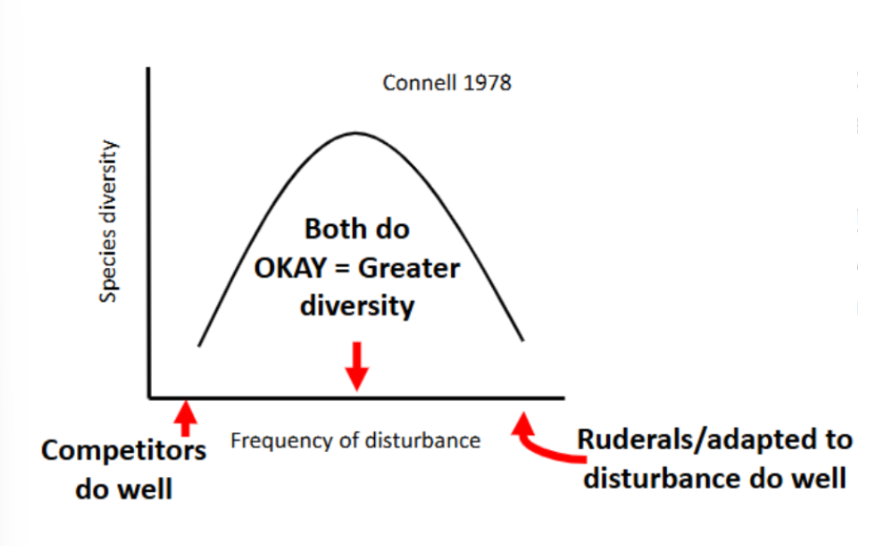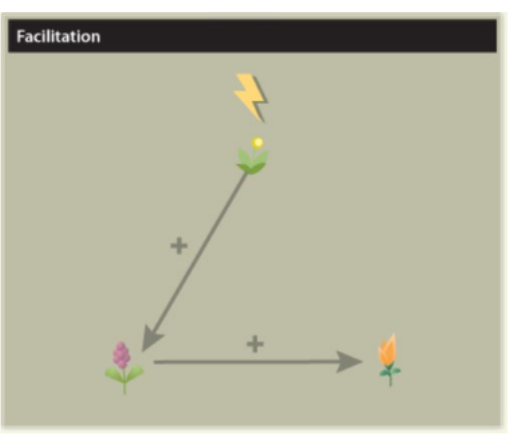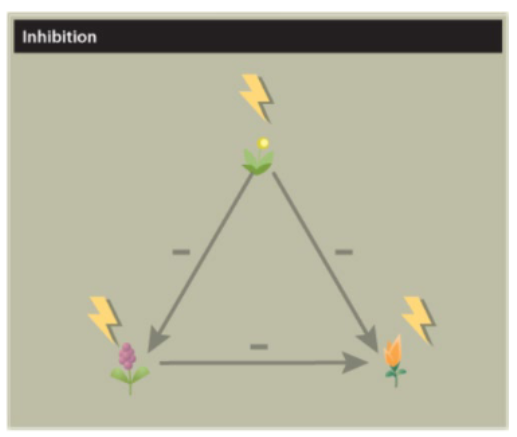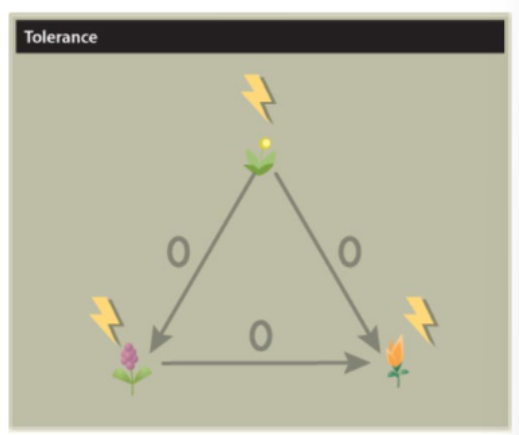Lecture #10 Disturbance and Succession
1/15
There's no tags or description
Looks like no tags are added yet.
Name | Mastery | Learn | Test | Matching | Spaced |
|---|
No study sessions yet.
16 Terms
Disturbance
Discrete events in time causes abrupt change in ecosystem; removes all parts of a community
Succession
Directional change in plant community over time
Primary succession
Happens after disturbance
Disturbance removes soil and all organisms
Secondary succession
Disturbance removes some or all organisms (depends) but leaves intact soil
May alter soil, but will not remove
Disturbance regime
Type
Severity
Size
Frequency
^^Characteristics of disturbance
Disturbance regime: Volcano eruption (primary and secondary)
Physical removes/kills living plants and animals - Burry or kill
Removes soil - Yes by scour or burial
Changes resources availability (e.g., light, water, nitrogen, phosphorus) - More light, less water, N and P
Disturbance regime: Wind (secondary)
Physical removes/kills living plants and animals - Yes, localized area
Removes soil - Does not remove soil
Changes resources availability (e.g., light, water, nitrogen, phosphorus) - More light, maybe more N
Disturbance regime: Fire (secondary)
Physical removes/kills living plants and animals -Burns plants
Removes soil - Does not remove soil
Changes resources availability (e.g., light, water, nitrogen, phosphorus) -More light, N and P, less water
Intermediate disturbance hypothesis
Posits that species diversity should be highest at intermediate levels of disturbance
Competitive exclusion reduces species diversity at low levels of disturbance
Suggests that local species diversity is maximized when ecological disturbance is neither too rare nor too frequent

What are the three models of succession
Facilitation
Inhibition
Tolerance

Facilitation
Barren ground is uninhabitable by all but most stress-tolerant plants (yellow flower)
Early stress-tolerant colonists make environment suitable for successive species (purple flower) by increasing nutrients, developing soils, providing
shade, etc.
Most competitively dominant species (orange flower) no longer facilitates growth of other species

Inhibition
All species arriving on an unoccupied site can survive
A colonist that becomes established inhibits growth of later arrivals bymonopolizing space/resources
New colonists can invade/grow only if space/resources become available
Short-lived early species die more frequently, thus succession progresses slowly from short- to long-lived species

Tolerance
All species arriving on an unoccupied site can survive
Later species arrived later or grew more slowly
Late arriving species tolerate early species because they are better competitors for light/nutrients
Early-successional species have no effect on late-successional species
Resistance
How much does the community change due to disturbance
Return time
How quickly did the community recover from this change?
Resilience
How closely did the post-recovery community resemble the pre-disturbance community?
maintain basic structure/function